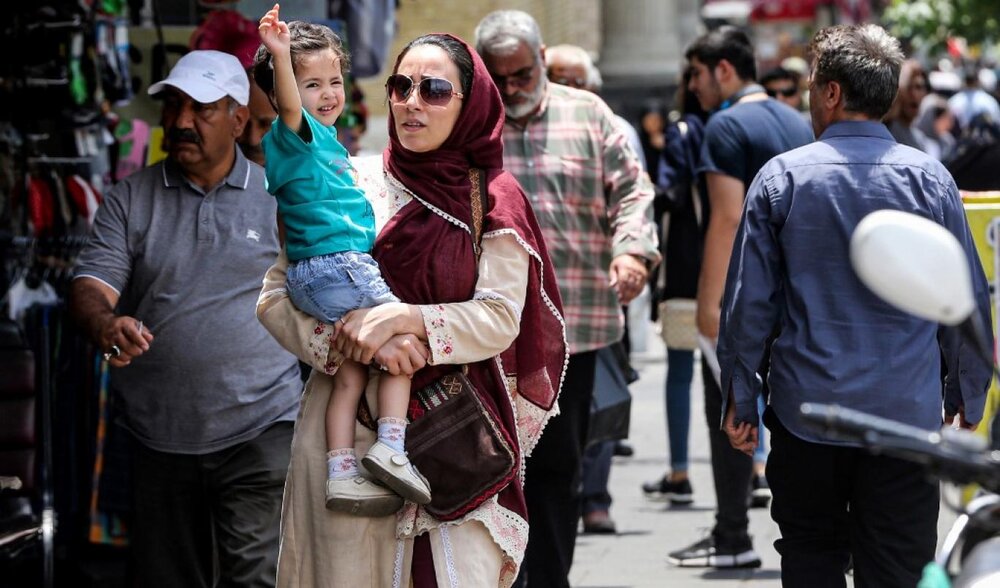Free maternity care for all: health minister

TEHRAN – Health Minister Bahram Einollahi has announced all pregnant women will be provided with free maternity services and child delivery in a bid to encourage childbearing.
Referring to the youth population as the Ministry’s main priority, he said that in recent years, the country has been facing negative growth in childbearing.
A committee has been formed to provide the necessary fund for the costs related to maternal care and child delivery to encourage childbirth, he stated.
“That is not good for the country as our future needs dynamic and energetic youth,” IRIB quoted Einollahi as saying on Saturday.
Free maternity services are also offered to those families who have not been covered by an insurance scheme in recent years, he highlighted, adding, up to 90 percent of the infertility treatment costs are also paid.
In line with "Law on Family and Youth Support", Iran has introduced several plans, including facilitation of housing, low-interest loans, longer maternity leave.
By a decree issued by President Ebrahim Raisi, the "Law on Family and Youth Support" approved by the Majlis (Iranian Parliament) was notified to the Ministry of Health and the Vice Presidency for Women and Family Affairs.
The Guardian Council approved the law on November 17 to implement a population growth and family support plan for 7 years to change the declining trend of childbearing.
The plan stipulates health insurance for infertile couples, providing services and facilities to working women, providing health and nutrition support packages to mothers and children, educational opportunities for student mothers, providing livelihood support to families, and ongoing medical services to pregnant women.
The national budget bill for the next [Iranian calendar] calendar year (to begin on March 20, 2022) has proposed 120 trillion rials (nearly $444 million) to implement childbearing and family support plans in the country.
Demographic issue
Today, the country's fertility rate has reached about 1.6 children per woman, however, it was 6.5 children per woman, in 1986. The lowest fertility rate in the whole region of West Asia, North Africa, and the MENA region is recorded for Iran.
While 1,594,000 births were registered in the [Iranian calendar] year 1394 (March 2015-March 2016), the downward trend continued annually to the point that the number of births reached about one million in the [Iranian calendar] year 1399 (March 2020-March 2021).
In other words, the country lost more than 550,000 births in five years.
The fertility rate declined to 1.71 children in the past [Iranian calendar] year (March 2020-March 2021), reaching below the replacement level, according to the report released by the Statistical Center of Iran.
Replacement level is the amount of fertility needed to keep the population the same from generation to generation. It refers to the total fertility rate that will result in a stable population without it increasing or decreasing.
Nicholas Eberstadt, the Henry Wendt Chair in Political Economy at the American Enterprise Institute (AEI), wrote in an article in July 2020 that the fertility rate in Iran has dropped by 70 percent over the past 30 years, which has been the highest decline in human history.
Seyed Hamed Barakati, deputy health minister for family and school population, said in May 2021 that Iran’s population growth rate has decreased to less than one percent for the first time over the past four decades.
FB/MG
